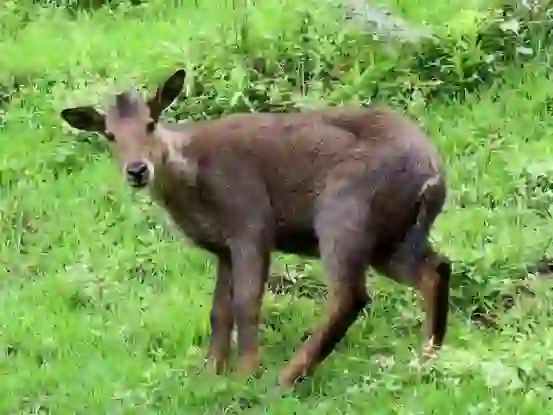
Japanese Serow
Japanese Serow
Japanese Serow
Do you know about an animal called the Japanese serow? Although it has 'deer' in its name, it might seem like a member of the deer family. In fact, it belongs to the same group as cattle and goats! Let's introduce more unknown facts about the Japanese serow.
Japanese Serow Basic Infomation
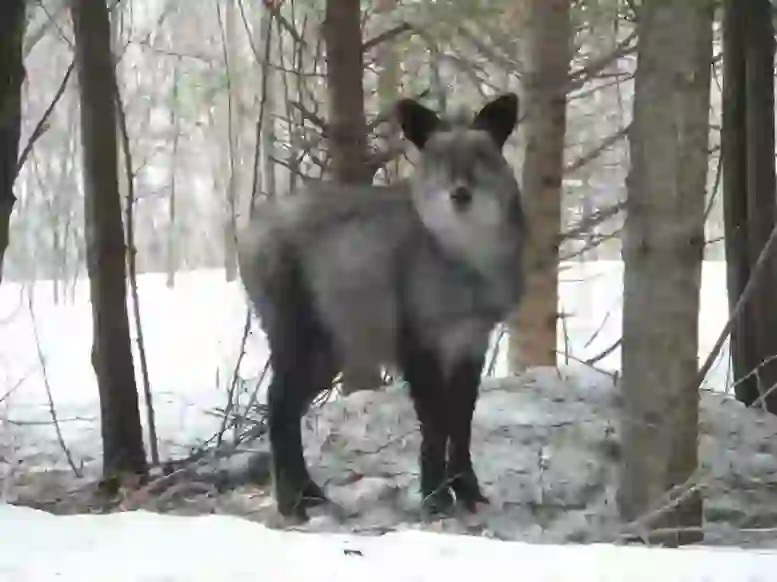
Classification: Mammalia, Order Artiodactyla, Suborder Bovidae, Family Caprinae excluding goats
Size [Japanese Serow] Head-body length: 100-120 cm
Shoulder height: 68-72 cm
Weight: about 20 kg
[Taiwanese Serow] Head-body length: 70-80 cm
Shoulder height: 50-60 cm
[Sumatran Serow] Head-body length: 130-180 cm
Shoulder height: 97-105 cm
Weight: about 70 kg
Serows are found around the world, including in Japan. But where do they live?
Abroad, they are found in the Himalayas, Kashmir, southern China, Myanmar, the Malay Peninsula, and Taiwan.
In Japan, they can be seen in Yamagata, Tochigi, Yamanashi, Nagano, Toyama, and Mie Prefectures.
Often referred to as a 'survivor from the Ice Age,' the serow has a very sturdy body with black horns. Its wide hooves allow it to easily walk on rocky terrains.
Japanese Serow Q&A

What is the origin of the name 'Japanese Serow'?
As mentioned earlier, the name 'Japanese Serow' includes the word 'deer', but it is not related to deer. It belongs to the same group as cattle and goats.
So why is it called 'Japanese Serow'?
Originally, in Kanji, it is written as '氈鹿'. '氈' refers to a kind of felt carpet made from wool, suggesting that the serow's fur was suitable for making these felt carpets, hence the name.
It has also been called 'niku', which is written as '褥' in Kanji, referring to a type of woolen bedding, 'shitone'. The meaning relates to the aforementioned origin.
Another theory suggests that its taste resembles that of 'duck'.
Besides '氈鹿', it is also written as '羚羊' but that is strictly not the same as the 'Japanese Serow'. It actually refers to an animal called 'Reindeer' in English.
You might have heard the phrase 'legs like a Japanese Serow' to describe beautifully slender legs. The serow referred to here is actually the 'Reindeer'. Over time, the name evolved to refer to 'Japanese Serow' in the expression because of its slender legs.
Knowing this might complicate your feelings knowing that the actual serow has thick and sturdy legs.
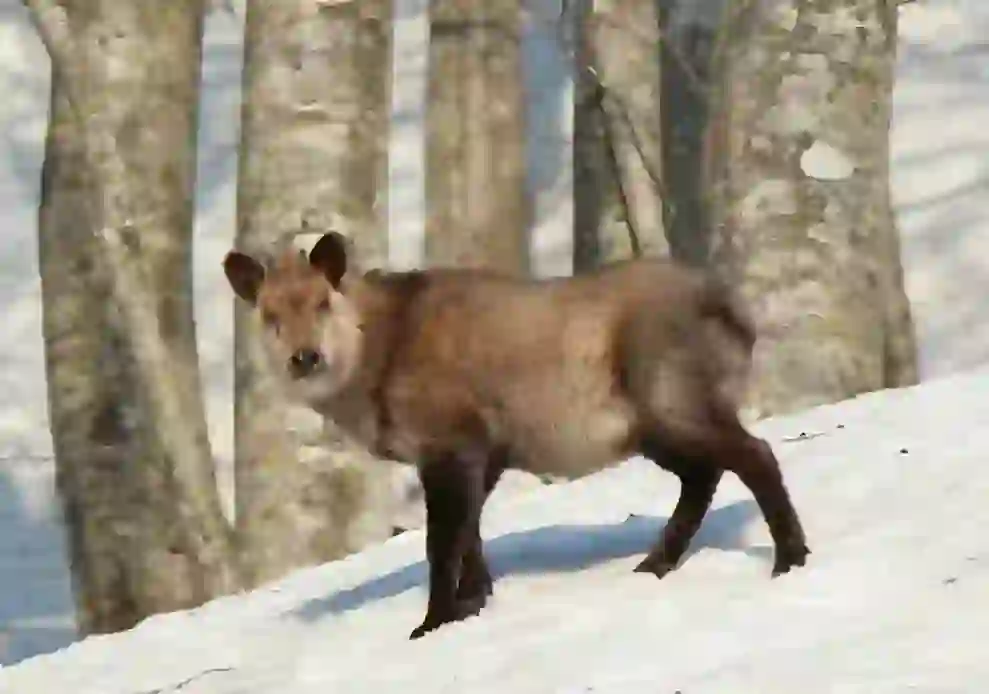
Why do Japanese Serows live there?
Japanese Serows live scattered across the world and Japan, due to varying environmental needs by species. Let's introduce the habitats of the Japanese Serow in Japan.
The Japanese Serow inhabits forested mountains and hills with many rocky areas. They do not build nests but sleep on rocky terrain. When threatened, they flee to rugged terrains where predators cannot easily follow, a smart survival strategy.
In the past, they were seen only at high altitudes, but recently they have been found at altitudes below 500 meters due to their proximity to residential areas and farmlands in search of food. Perhaps the forests are running out of food.
Not all serows have moved to lower altitudes; some still live at altitudes of 1200 to 1500 meters. The species known as the 'Tatekami Serow' lives in gorges at altitudes of 3000 to 4000 meters, feeding on the soft twigs and leaves of high-humidity forests.
In Aomori Prefecture's Shimokita Peninsula, some serows inhabit coastal areas. These regions feature forests intermingled with deciduous and coniferous trees, and the serows use both coastal and forest areas for living. In snowy seasons, they feed in deciduous forests to avoid avalanches, and in snow-free times, they graze in valleys with soft grass. They rest and sleep in coniferous forests with steep slopes and rocky areas.
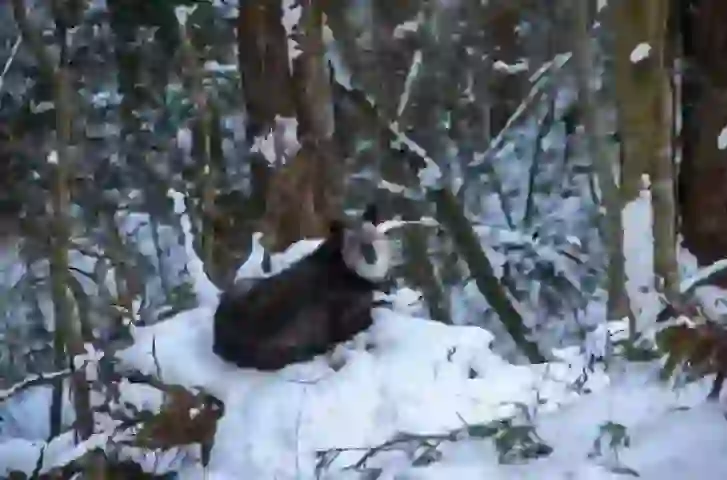
What do Japanese Serows eat?
During the warm seasons of spring and summer, they eat various low-hanging leaves, buds, flowers, and fruits. During the cold seasons of autumn and winter, they survive by eating twigs and tree bark.
It might be surprising that they can digest tough items like tree bark.
This is because, like cattle, their stomach is divided into four compartments and they chew cud. Cud chewing involves regurgitating swallowed food back to the mouth to be chewed again, allowing them to digest tough materials.
They leave their resting places early in the morning to fill their stomachs with food. Around 10 AM, they find spots with good visibility and difficult access for predators to spend time cud chewing.
This allows them to eat safely.
Japanese Serows are also kept in zoos. What do they eat there?
Their diet includes vegetables and fruits such as carrots, cabbage, apples, along with grass.
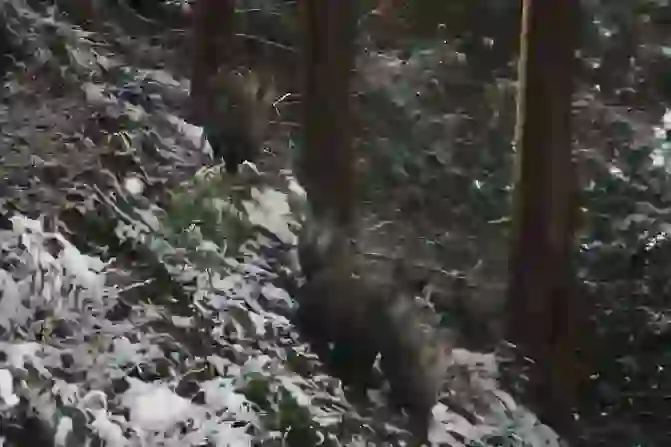
How do Japanese Serows grow?
The birthing season for Japanese Serows is from April to June, and the child-rearing period lasts one year. During this time, they live with their mothers, moving together but not in large herds. Typically, both male and female serows act independently, so after one year, they start to act on their own. It's a bit sad that they can only be with their mothers for just one year.
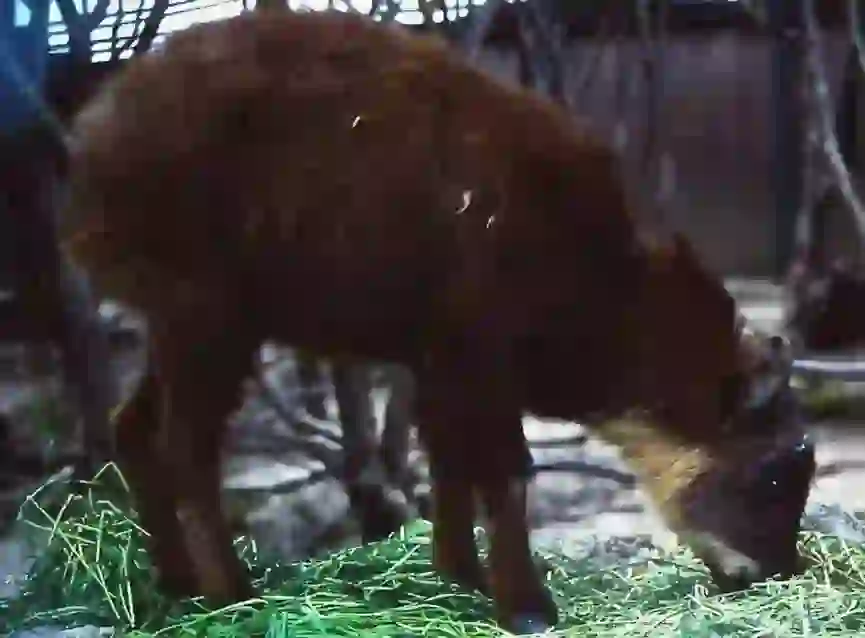
What is the lifespan of a Japanese Serow?
The lifespan of a Japanese Serow is said to be about 15 years.
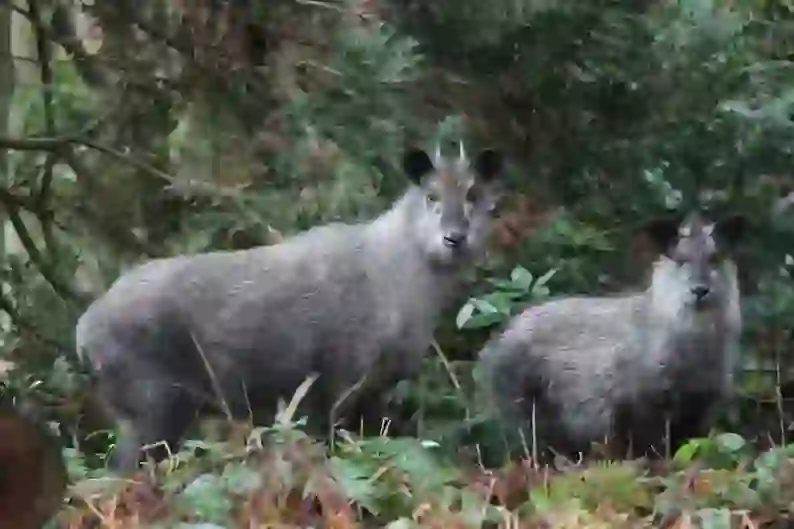
Is it true that the Japanese Serow is a designated Special Natural Monument?
In the past, the Japanese Serow was a target for hunting. However, because they practice monogamy, their numbers do not increase rapidly, leading to a decline in population. In 1925, hunting laws were revised to exclude serows as game animals. By 1934, they were designated as 'Natural Monuments'.
Despite poaching, the crackdown on poaching was strengthened nationwide, and in 1955, they were designated as 'Special Natural Monuments'. They are indeed valuable animals.
On the other hand, in regions like Kyushu and Shikoku, the population of Japanese Serows is very low, and in 2015, they were classified as 'Regionally Endangered Populations'.
These valuable animals indeed need protection.
However, there are also sad realities for humans. This includes the serows living at lower altitudes, eating young trees in plantations, and damaging nearly 30 types of vegetables and fruit trees in farmlands. As they are designated as Special Natural Monuments, capturing or culling them is not permitted, leaving farmers struggling to cope.
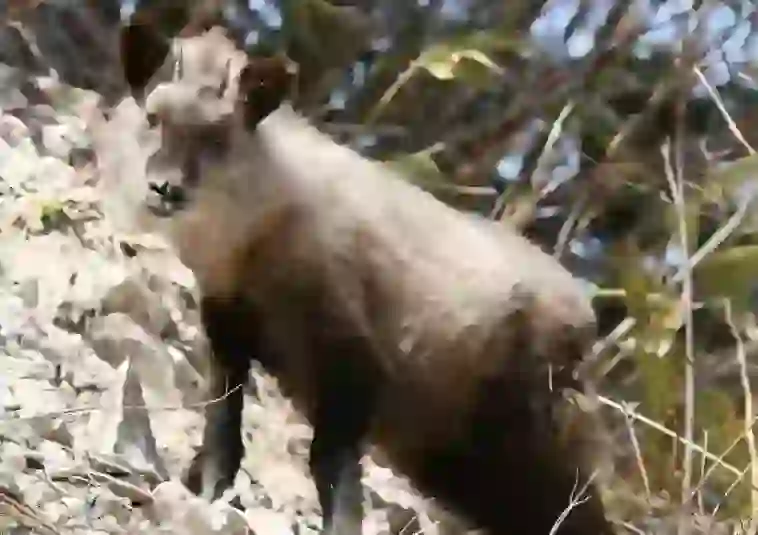
Where can you meet Japanese Serows?
In the metropolitan area, Japanese Serows are kept in places like 'Tama Zoological Park', 'Inokashira Park Zoo', 'Oshima Park Zoo', and 'Saitama Children's Zoological Nature Park'.
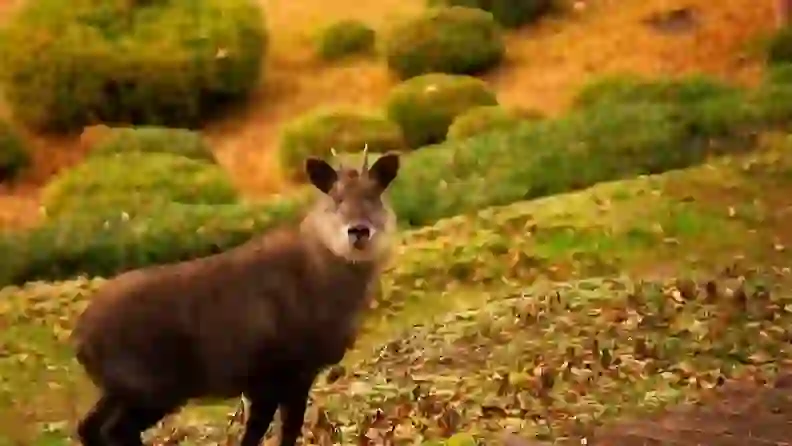
How many species of Serows are there?
Serows are classified into three tribes: 'Chamois', 'Musk Deer', and 'Saiga'. It's quite complex, so let's introduce them one by one.
[Chamois tribe]
・Chamois genus: Chamois
・White Mountain Goat genus: White Serow, White Mountain Goat
・Goral genus: Goral
・Serow genus Sirow subgenus: Sumatran Serow, Sirow, Himalayan Serow
・Serow genus Serow subgenus: Japanese Serow, Taiwanese Serow
[Musk Deer tribe]
・Musk Deer genus: Musk Deer
・Takin genus: Takin
[Saiga tribe]
・Saiga genus: Saiga
・Tibetan Antelope genus: Tibetan Antelope, Tibetan Serow

Would you like to become a part of the 'Animalbook.jp'?
Turn your knowledge into Q&A and share it with the world. ※Publication will be activated after purchase. Let's share information together!
Japanese Serow Type of List
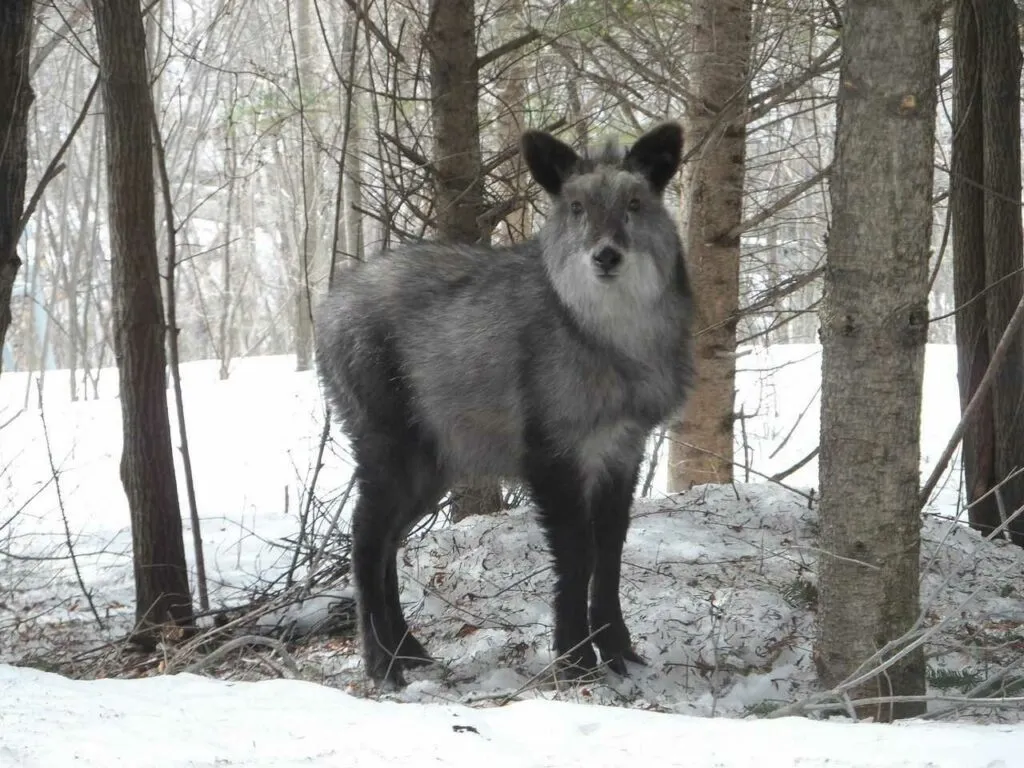
- Japanese Serow
Information
Congratulations! You are the first commenter!

Create Your Favorite List!
Japanese Serow
Save the animals you love! Build your own list to quickly revisit your favorites later.

Would you like to leave a comment?
※Please note: This is for the purchase of rights to post comments within the article.
Find Your Favorites!
Our shop offers a unique and attractive selection of goods themed around various animals.
Japanese Serow References
Japanese Serow Introduction of media used

similar
出典:https://pixabay.com/images/id-2815439/

出典:https://pixabay.com/images/id-3970111/

出典:https://commons.wikimedia.org/wiki/File:ニホンカモシカの群れ.jpg

出典:https://commons.wikimedia.org/wiki/File:Nihonkamoshika2.JPG

出典:https://commons.wikimedia.org/wiki/File:Kamoshika2.JPG

出典:https://pixabay.com/images/id-4573590/
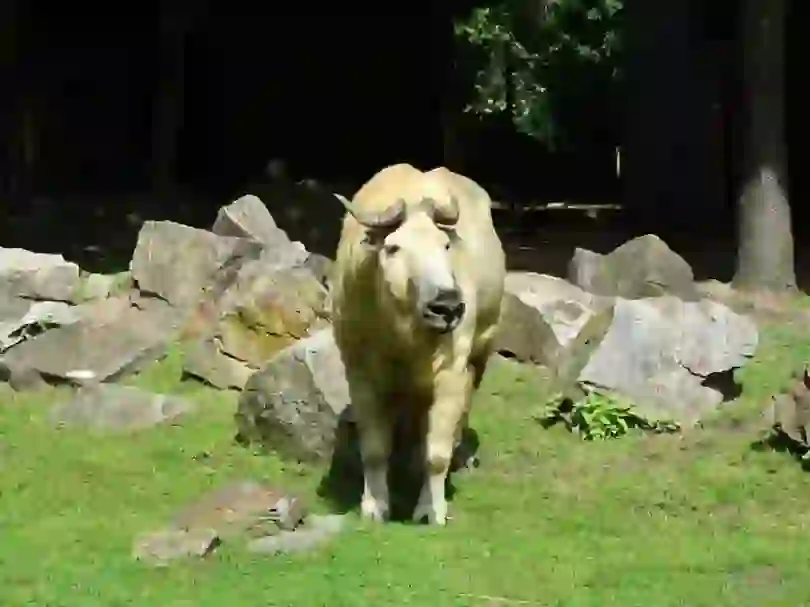
出典:https://pixabay.com/images/id-374458/

Help Enrich Our Animalbook.jp with Your Media!
We are constantly looking to expand and enrich our Animalbook.jp with amazing photos and videos of animals. If you have any media that you'd like to share, please contribute and help us showcase the beauty and diversity of the animal kingdom. Your submissions will be credited and featured in our encyclopedia, reaching a wide audience of animal lovers.
















